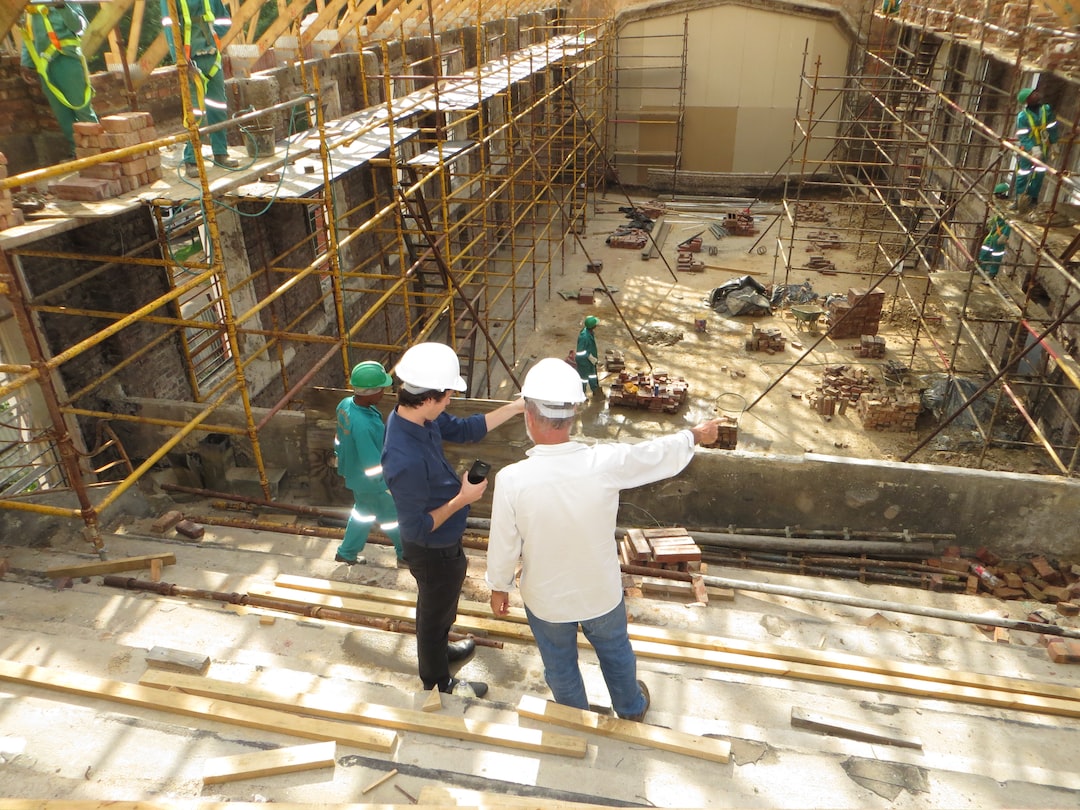
The Role of Construction Safety Services in Preventing Accidents and Injuries
Safety is an important issue regardless of what type of worker you are on a construction site. Accidents and injuries can cost companies money, including downtime, sick pay, equipment repairs, and fines from regulatory agencies. Prioritizing construction safety can reduce these costs and save companies money in the long run.
Training
There are a wide variety of hazards on construction sites. With proper safety training, employees can avoid injuries. Implementing a standard set of regulations and ongoing training sessions by reputable construction safety services help to minimize these risks. Providing specialized training for managers, supervisors, and workers helps ensure they have the proper knowledge to perform their duties safely. This includes identifying hazards, following standard procedures, and responding effectively in emergencies. In addition to training, it’s essential to make safety a regular topic of discussion throughout the company. This will help normalize these topics and build an authentic safety culture. Without this, accidents can quickly become costly for the business. This can include fines, attorney fees, and lost person hours. The most common injuries in the construction industry are falls, being struck by objects, being caught in or between objects, and electrocutions.
Inspection
Workplace environments have some hazards and risks, but a well-developed inspection process can reduce those risks. Inspections should look at all elements – the people, the work area, and the equipment. The inspection should also consider recent incidents, accidents, or musculoskeletal injuries (MSDs). Injuries cost money in medical bills and lost production time. They also impact a company’s reputation in the marketplace. In addition, insurance companies consider a company’s accident rate when setting their premiums, and other organizations may not want to do business with them because of the risk. Regular safety inspections can lower a company’s injury rates and costs and improve employee morale.
Emergency Response
While accidents can occur in any workplace, workplace-related injuries have decreased since mandatory safety measures such as hard hats and protective equipment were implemented. These are a combination of engineering controls, such as design and maintenance, and administrative controls, such as policies, training, and procedures that promote safe practices and behaviors. Emergency response is a critical component of accident prevention. It is most successful when viewed from a systems perspective and involves actions that stabilize the incident and minimize damage. For example, timely and accurate calls to public emergency services can prevent a loss of life or property damage. An emergency plan is a document that outlines procedures to follow in the event of an accident or other incidents. These plans should be readily available to employees and updated regularly.
Equipment
Many construction accidents and injuries are caused by slipping or falling, catching on machinery, or being struck by objects. These problems can be prevented by enforcing health and safety rules, training workers to avoid these dangers, and conducting regular site inspections. Providing the right equipment is also essential. This can include everything from hard hats to safety eyewear, face masks, and earplugs. It’s essential to ensure that these items are comfortable and well-fitting for employees to wear them. Finally, it’s essential to investigate accidents (and near-misses) and learn from them. This helps to prevent future incidents and makes the workplace safer for everyone. In addition, a safe workplace can lead to significant savings in insurance costs and other overheads.
Communications
In addition to identifying potential hazards, a well-developed safety management system includes communication, planning, objectives, inspection schedules, and training and reporting procedures. Contractors continue to report that implementing these systems creates material benefits regarding project completion, cost savings, and safety. Slips, trips, and falls are among the leading causes of injuries on construction sites. Over a third of the 1,008 work-related deaths in construction in 2018 were due to falls. Disorganized workspaces, obstructed areas, and broken equipment or tools often cause this type of accident. The best way to reduce these accidents is to provide clear operating procedures, post warning signs, and ensure employees wear proper personal protective equipment. A focus on environmental wellness is also necessary.


